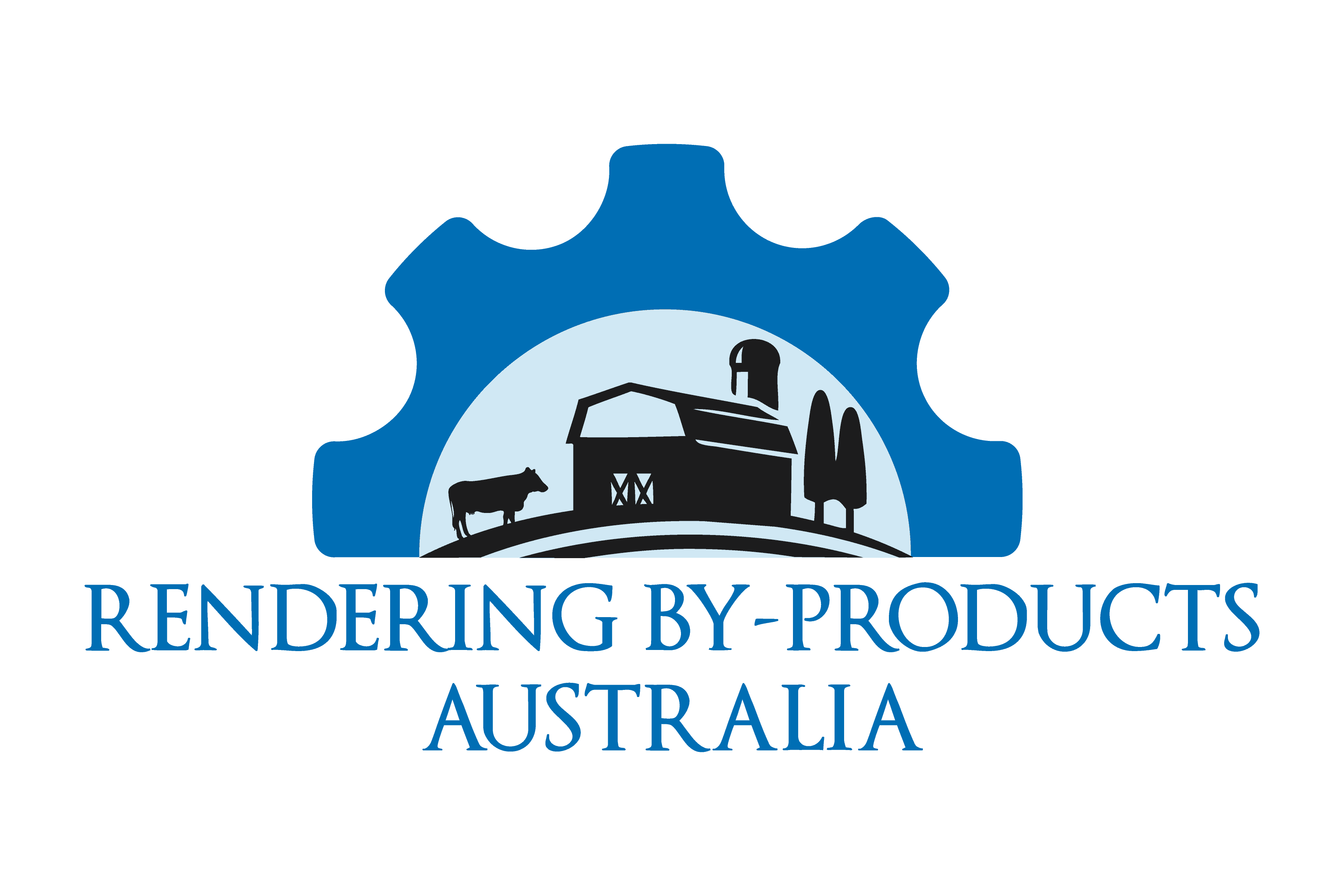How Does the Dry By-Product Rendering Process Work?
The basic process of animal by-product rendering refers to processes that are used to separate water, fat and protein components including blood, bone and other meat materials into commercial by-products, free from disease bearing organisms. This process of rendering involves high temperature depending on what the end product will be used for.
The majority of the inedible raw animal by-product material is rendered by means of the ‘dry’ method. Dry rendering is conducteddone in a batch or by way of a continuous process in which the material is heated in a steam-jacketed vessel to drive off the moisture and simultaneously release the fat from the fat cells.
The material is ground finely and then heated to release the fat and evaporate the moisture, percolated to drain off the free fat, and then more fat is pressed out of these solids. Heating the material beyond 100°C means the moisture evaporates from raw material to a point where the solids start frying in fat, instead of boiling in water like with wet rendering.
As the water evaporates, the temperature of the material rises to a point where the discharge screening separates the dry material from free-flowing liquid tallow. The dry material is then pressed to produce a dry cake or ‘meat meal’ with the pressed tallow combined with cooker discharge tallow are further refined through centrifuging and polishing.
This animal rendering process is called dry rendering because the tallow and solids stay in contact with each other until the dry or‘crax’ material is squeezed (dried).
The polished fat from dry rendering systems is generally of varying quality and the meat and bone meal have a higher fat content than those from wet rendering or low temperature rendering systems.
